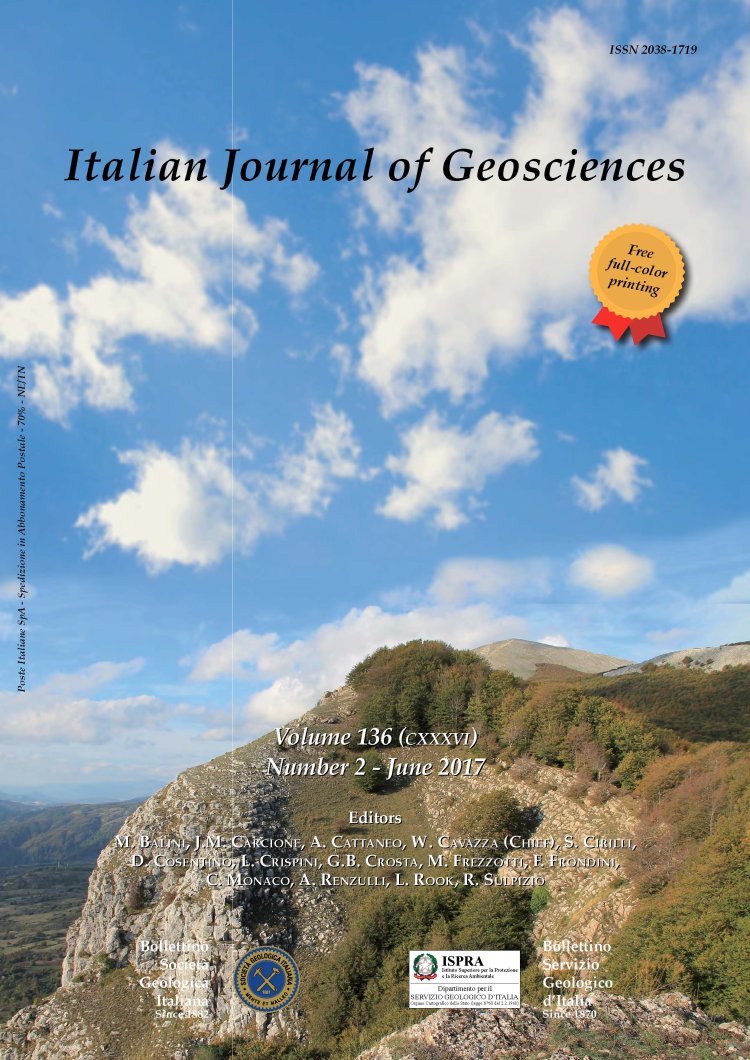
Evaluation of the sources of nitrogen compounds and their influence on the biological communities in the hyporheic zone of the Sagittario River, Italy: an isotopic and biological approach
Mariachiara Caschetto (1)(4), Diana Maria Paola Galassi (2)(4), Marco Petitta (1)(4) & Ramon Aravena (3)(4)
(1) Dipartimento di Scienze della Terra, Università di Roma "La Sapienza", P.le Aldo Moro 5, 00185 Roma, Italy. E-mails: mariachiara.caschetto@uniroma1.it. Corresponding author e-mail: marco.petitta@uniroma1.it. Tel.: +39 0649914834; Fax: +39 064454729.
(2) Department of Life, Health and Environmental Sciences, University of L'Aquila, Via Vetoio, Coppito, 67100 L'Aquila, Italy. E-mail: dianamariapaola.galassi@univaq.it.
(3) Department of Earth and Environmental Sciences, University of Waterloo, 200 University Avenue West, Waterloo, Ontario N2L 3G1, Canada. E-mail: roaravena@uwaterloo.ca.
(4) These authors contributed equally to this work.
Abstract
Keywords
Get Full Text